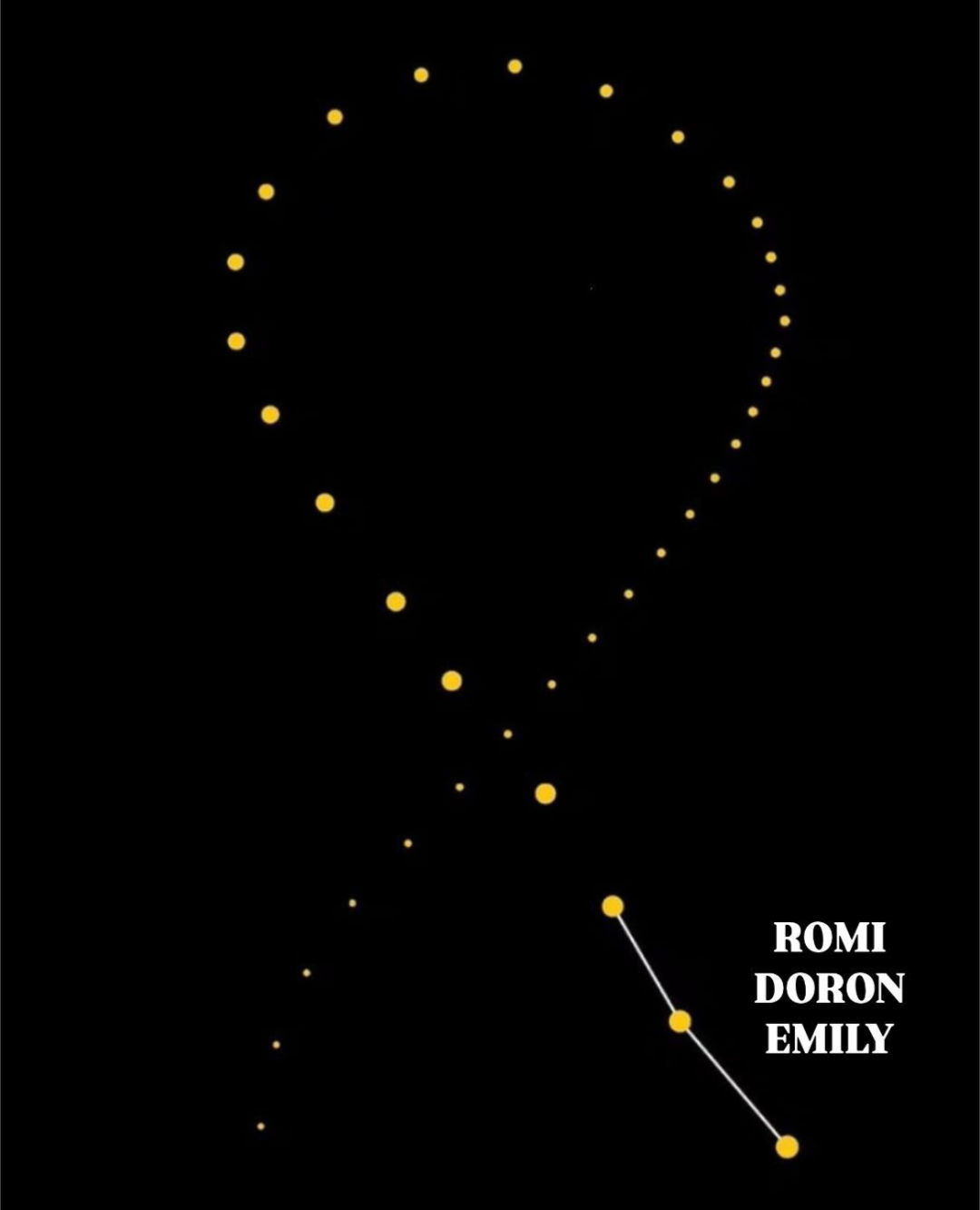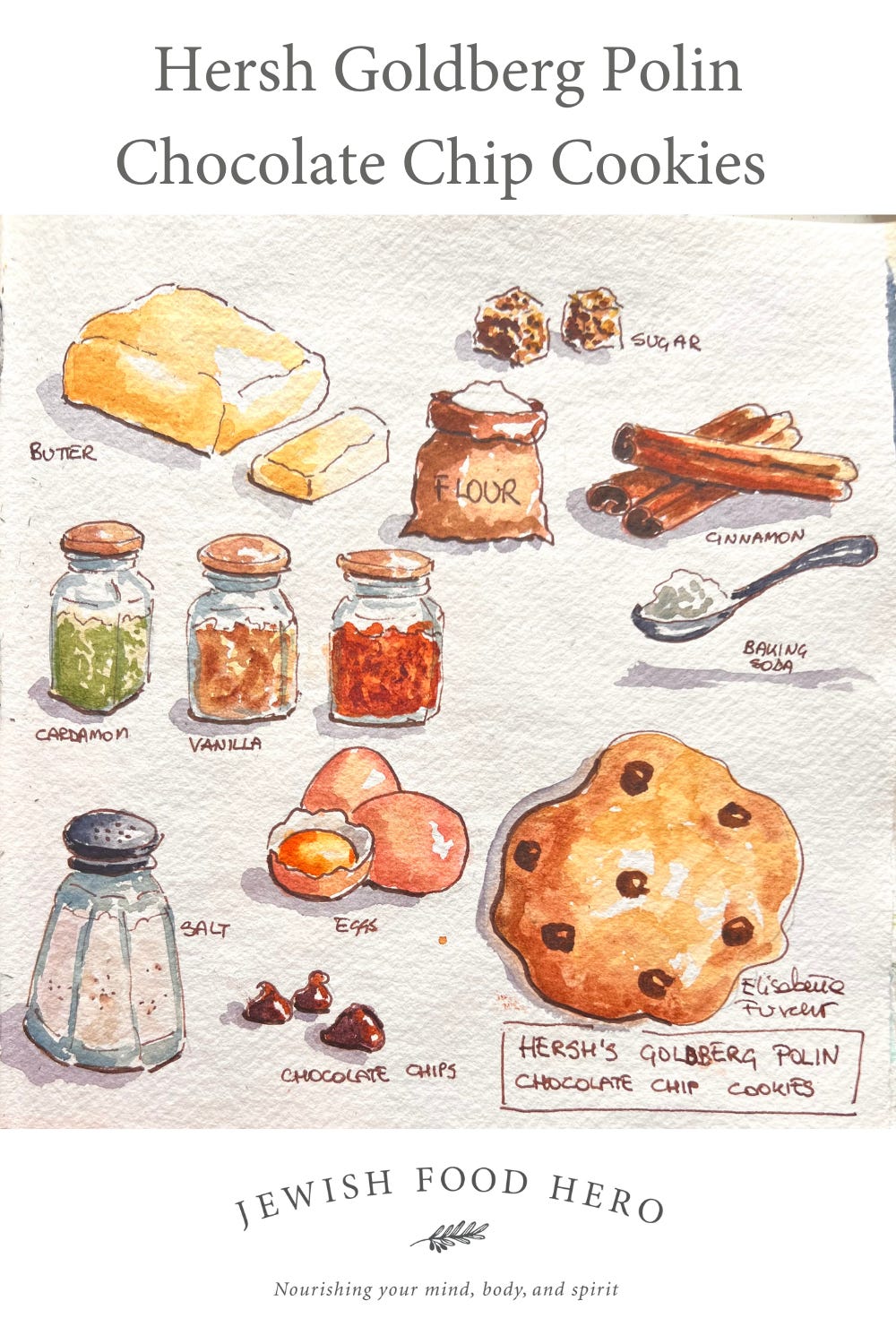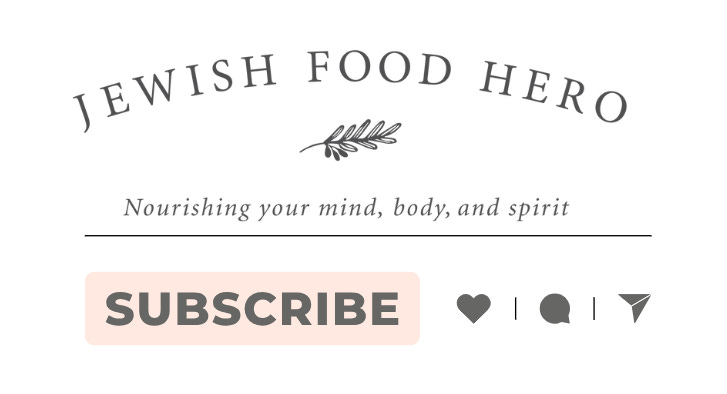Elisabetta: Hostage Watercolors & Zabaione Recipe from Italy 🇮🇹
Forward to the Pope!
Today, we celebrate the release of three female hostages. Usually I publish on Wednesdays but in light of this moment, I want to share this heartfelt interview with Elisabetta today.
I found the below dot-to-dot hostage image on Instagram and it captures how we all feel. Bring them all home!
Instagram can often feel like a black hole of wasted time, filled with meaningless content that leaves your brain numb. Yet, occasionally, amidst the scrolling, you stumble upon a gem. That’s exactly how I felt when I discovered Elisabetta’s daily watercolor series depicting the hostages of October 7. Her work is deeply moving and heartfelt—witness art that honors those unjustly held hostage by Hamas. These individuals have been neglected, ridiculed, and met with hardened indifference by the international community.
What struck me was Elisabetta’s art as a distinctly feminine response to October 7. The Jewish community has reacted to this tragedy in myriad ways, and women’s voices have stood out to me—from straightforward Instagram videos filmed in kitchens, coffee cups in hand, to Elisabetta’s evocative watercolor series. There is something unique about the way Jewish women around the world are responding to October 7 and its aftermath.
In this interview, Elisabetta shares how painting the hostages became her deeply personal response to pain and an act of solidarity with the Jewish community. She also reflects on the challenges of Jewish life in Italy, describing the isolation many feel and noting the lack of supportive actions from figures like the Pope during this time. Alongside her art, Elisabetta shares her family recipe for Zabaione, a comforting Italian dessert best enjoyed fresh, showcasing her belief in cooking as an expression of care and connection.
Enjoy this interview with Elisabetta and her powerful art.
Can you tell us a bit about yourself?
We'd love to know more about your life in Turin, your hobbies, the food you love to cook and eat, and what inspires you outside of painting.
I’m originally from Milan, but I moved to Turin when I got married 25 years ago. I now live in Turin with my husband, 2 dogs, and 3 cats. Our son, after many years studying abroad, has temporarily moved back home, so I’m happy and busy! I love that the three of us always have dinner together, and I love cooking their favorite dishes. I do believe that cooking for your family is a way to express love and care.
I work as a marketing professor in a private college here in Turin and Milan, but I have enough free time to paint, take care of my garden, walk my dogs, and obviously cook.
How did your journey as an artist begin?
You started painting later in life after a career in Marketing and Advertising. What inspired you to take up watercolor, and how has your artistic journey evolved since then? You’ve said that you believe anyone can learn to make art—what advice would you give to someone who feels they lack artistic talent? How important are perseverance and practice, especially for those starting later in life, as you did?
When my only son left for college and moved from Italy to the Netherlands, he was worried that I might feel lonely, so he gave me a box of watercolor paint as a consolation present for my birthday. I bought a couple of art books, followed online tutorials, started sketching, and I never stopped. I initially felt it just filled a blank (my empty nest), but it turned out to be a real passion for me. It has taken some time before I could paint with ease: practice, patience, and lack of severity with yourself are the key. Talent is totally overrated! Painting is a journey and a wonderful adventure; just enjoy it, and results will arrive with daily practice. Just a few minutes a day, and everyone will see incredible improvements with no effort!
My late mother was a painter, and I also feel that painting reconnects me with her; we were really close.
What inspired you to start painting the hostages from October 7?
Can you share what motivated you to begin this series, how it has evolved, and why you’ve committed to sketching one each day?
I come from an interfaith family. My mother was Catholic, whereas my father, Roberto, was Jewish. He was a Holocaust survivor, and his experience as a hidden child in a Catholic boarding school (although seldom mentioned at home) created an inherited wound and a deep scar in my soul. My father, despite being a real warrior and a successful businessman, was terrified by antisemitism. I was raised with a strong Jewish identity and sharp sensitivity to antisemitism. October 7 came as a real shock; I remember crying all day. I started sketching the hostages as a way to share and soothe my pain; I soon found out that my portraits were also comforting many other Jews around the world and even some hostages’ family members. My daily sketches for the hostages are now a sort of mitzvah to spread awareness and comfort. Who knows? Maybe they are positive energy launched to the universe. I just wish my father could see this project. My dream is to give my drawings to the hostages themselves when they come back home.
You’re known for your food illustrations. What draws you to food as a subject in your art?
Is there a particular connection between your love of cooking and your watercolor practice?
Food makes a wonderful sketching subject! I find that food is both a delight for the palate and the eyes as well. It’s an endless source of inspiration—it’s comforting, colorful, and low calorie if painted! Italian food is not very elaborate or complex. It’s simple and based on the freshness of ingredients. What’s nicer and more comforting to paint than fresh tomatoes or a vegetable soup with seasonal vegetables? Or the intimate moment of a cappuccino with a croissant? Food is also ideal for a quick daily practice on a sketchbook.
As an expression of my love for the hostages and their families, I have sketched several of the hostages’ favorite home recipes.
What’s Jewish life like in Italy today, and how do you respond to the challenges of antisemitism through your art?
Have you found ways to use your creativity to foster dialogue or understanding?
Unfortunately, antisemitism is well-rooted in Italy. At this time, Jews in Italy feel very worried and isolated. The Pope himself is not helping; being Italy an overwhelmingly Catholic country, a traditional anti-Jew sentiment finds now the opportunity to be more vigorously and openly expressed. Italians know very little about Judaism, and even Jesus Christ is generally considered to be Palestinian! I hope with my art to touch as many hearts as possible and show that hostages are a humanitarian global emergency. Some non-Jewish friends of mine seem to be touched by my daily art.
Tell us about your Zabaione recipe!
Your illustrations of food are as delightful as the dishes themselves. Could you share the story behind this recipe and why it’s special to you?
Zabaione is a winter favorite in my family. It’s a festive recipe because it cannot be prepared in advance, but it must be cooked and immediately served—so it’s for those days when you are relaxed and have plenty of time. For my son, Zabaione (being with alcohol) marked his entry into adulthood. It’s the perfect recipe to relax with friends and family and possibly take a siesta afterward! Its sweet taste brings us back to childhood and mom’s beaten yolks with sugar…
Perfect winter comfort food, and very elegant at the same time.
Fun fact: Zabaione is a popular recipe throughout Italy, but in the South, it’s called Zabaglione.
The perfect recipe doesn’t exist because every family can have their own variation. Here is mine:
This recipe is not for children, but you can make a children's version by replacing wine with beaten egg whites.
Zabaione
Ingredients
120 g caster sugar
100 g of dry white wine
100 g dry Marsala (or any other liqueur, like Porto)
4 egg yolks (about 110 g)
Tools
Heat Proof mixing bowl (with a rounded bottom)
Whisk (manual or electric hand mixer)
Medium-sized saucepan
Stove
Measuring scale or cups
Spatula or spoon (optional)
Instructions
Prepare the Mixture:
In a bowl with a rounded bottom, beat the egg yolks with the caster sugar until well combined.
Add the white wine and Marsala, mixing thoroughly with a whisk (an electric hand mixer works well for this step).
Cook Using a Bain-Marie:
Place the bowl over a pan of simmering water, ensuring the water does not touch the bottom of the bowl.
Continuously whisk the mixture vigorously for 7–10 minutes. This technique will cook the mixture gently.
Achieve the Right Texture:
Whisk until the mixture is soft, pale, and very foamy, with a consistency similar to mayonnaise.
Be careful not to let it boil—overheating will result in scrambled eggs (frittata).
Serve:
Pour the zabaione into cups and serve immediately.
Optionally, accompany it with biscuits for dipping.
Enjoy this classic Italian treat warm and freshly prepared!
Elisabetta’s art is not only a poignant form of resistance to antisemitism but also a powerful tribute to the hostages, with the hope of one day being able to give these portraits to them when they are freed. Let’s hope that someone forwards this interview to the Pope!
I hope you found this heartfelt interview with Elisabetta as interesting as I did. I enjoyed her recipe for Zabaione and the accompanying recipe illustrations— I can't get enough of these recipe illustrations!
Thank you for reading!
Kenden















